Hydrangea anomala petiolaris
Climbing Hydrangea
A wonderful climbing shrub with dark green, almost heart shaped leaves turning yellow in autumn. Masses of lacy clusters of white flowers in summer.
Slow at first but once established clings by aerial roots, eventually reaching a height/reach of 15m. Sun or part shade. Can be grown on a North wall. Hardy.
MORE
Hydrangea anomala petiolaris is a deciduous climbing shrub that belongs to the Hydrangeaceae family. This plant is commonly known as climbing hydrangea, and it is native to the woodlands of Japan, Korea, and Taiwan. The plant can grow up to 80 feet tall, but typically reaches a height of 30 to 50 feet when mature. The climbing hydrangea is a popular ornamental plant because of its beautiful foliage, fragrant white flowers, and ability to climb and cling to walls, trellises, and fences.
Climbing hydrangeas are relatively slow-growing plants, but they are also long-lived, with some specimens known to live for more than 50 years. The plant’s leaves are opposite, ovate, and can grow up to 8 inches long and 6 inches wide. They have a shiny, dark green color that turns yellow in the fall. The plant’s bark is reddish-brown and becomes peeling as it ages.
The most attractive feature of the climbing hydrangea is its flowers. They are small and fragrant, and they bloom in early summer, typically from May to June. The flowers are white, flat-topped, and clustered in large, flat-topped clusters known as corymbs. They can reach a diameter of 6 to 8 inches, and they create a stunning display when the plant is in full bloom.
One of the most notable characteristics of the climbing hydrangea is its ability to climb and cling to walls, trellises, and fences. The plant does this with the help of aerial roots that emerge from the stems and attach to any surface they come into contact with. The roots are relatively weak, so the plant needs some support to climb high. When planted against a wall or other vertical surface, the climbing hydrangea can create a beautiful, living tapestry that adds interest and texture to any outdoor space.
The climbing hydrangea is a relatively easy plant to care for, but it does have some specific requirements. The plant prefers a partially shaded location, and it can be grown in a variety of soil types, including loam, sand, and clay. The soil should be well-draining but also able to retain some moisture, as the plant does not tolerate drought well. Climbing hydrangeas should be watered regularly, especially during hot, dry weather, to keep the soil evenly moist.
Pruning is an important aspect of caring for climbing hydrangeas. The plant should be pruned in late summer or early fall after it has finished flowering. This helps to control the plant’s growth and keep it from becoming too unruly. Pruning also helps to encourage the plant to produce more flowers the following year. Dead or damaged branches can be pruned at any time of year.
One of the main challenges of growing climbing hydrangeas is getting them to establish in their new environment. The plant can be slow to establish, and it may take several years before it starts to climb and flower. The best way to help the plant establish is to provide it with plenty of water and fertilizer during the first few years. It is also important to ensure that the plant has enough support to climb and attach to a surface.
In conclusion, Hydrangea anomala petiolaris, or climbing hydrangea, is a stunning ornamental plant that adds texture, interest, and beauty to any outdoor space. It is relatively easy to care for, and its ability to climb and cling to walls, trellises, and fences makes it a popular choice for gardeners and landscapers. With proper care and attention, the climbing hydrangea can be a long-lived and rewarding addition to any garden or landscape.

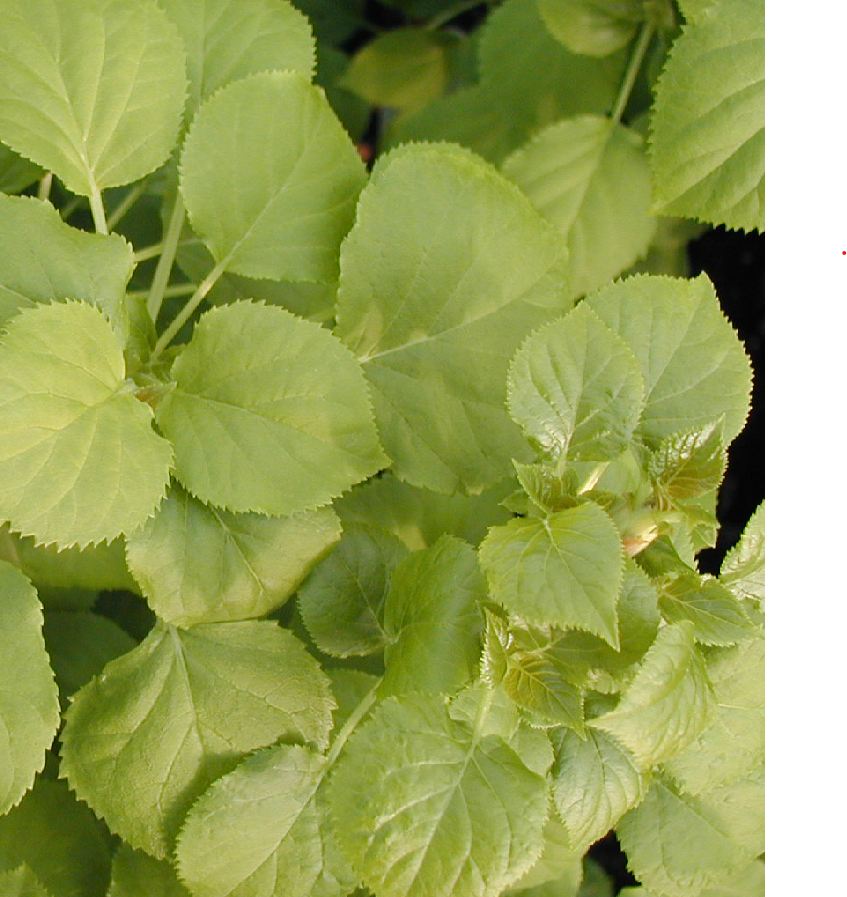
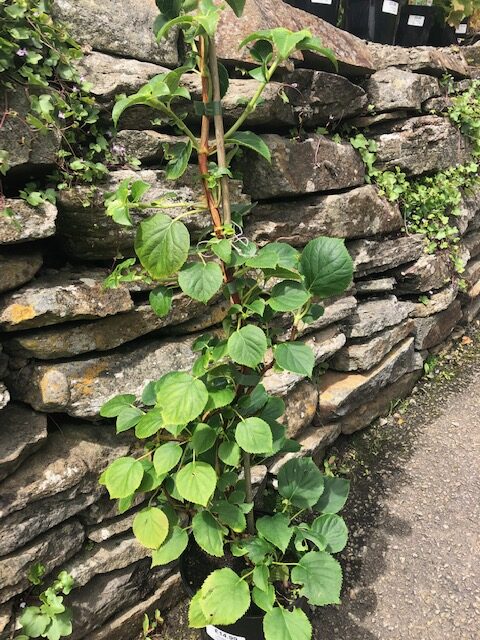
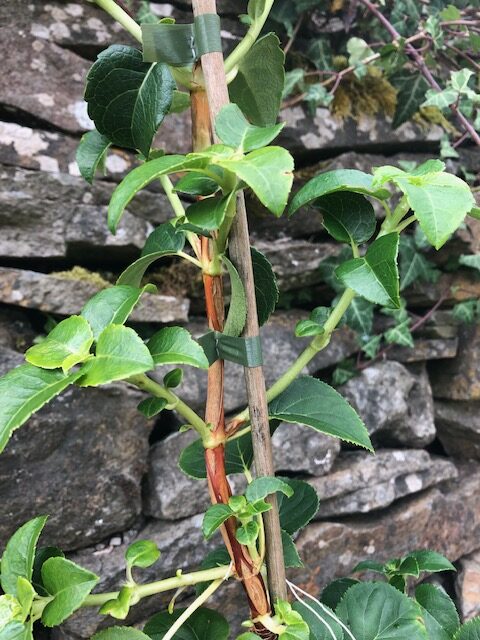

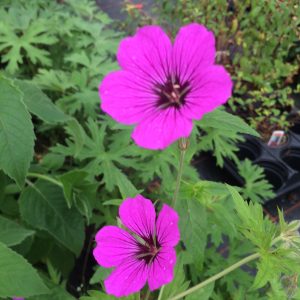
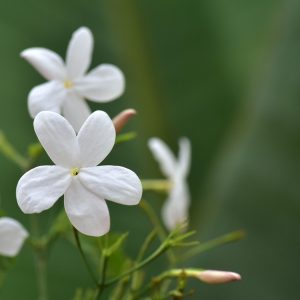
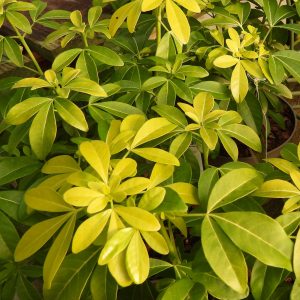
Reviews
There are no reviews yet.